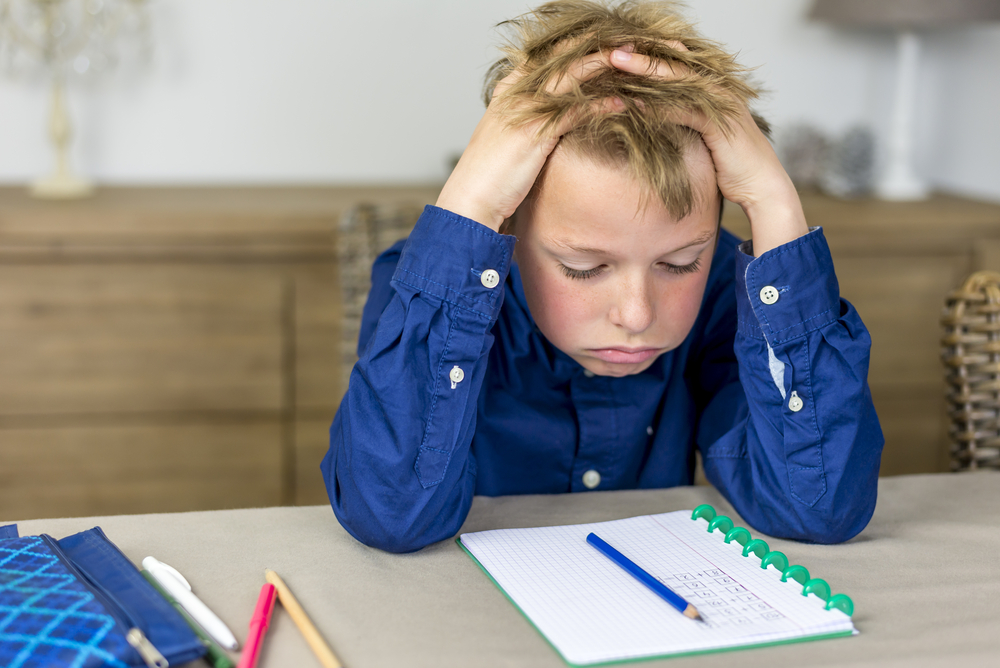Sound recognition Normal Alphabet Worksheets for Ages 3-7
11 filtered results
-
From - To
Discover our engaging Sound Recognition Alphabet Worksheets for children ages 3-7, designed to enhance early literacy skills. These worksheets help young learners identify and associate letters with their corresponding sounds, promoting phonemic awareness and pronunciation abilities. With fun and interactive activities, children can practice recognizing alphabet sounds in different contexts, supporting their reading and spelling proficiency. Perfect for home or classroom use, our printable worksheets make learning enjoyable and effective. Equip your child with a strong foundation in literacy with our expertly designed materials. Download and start the educational adventure today!


Blending Consonants: "Fl", "Bl" and "Gl" Printable
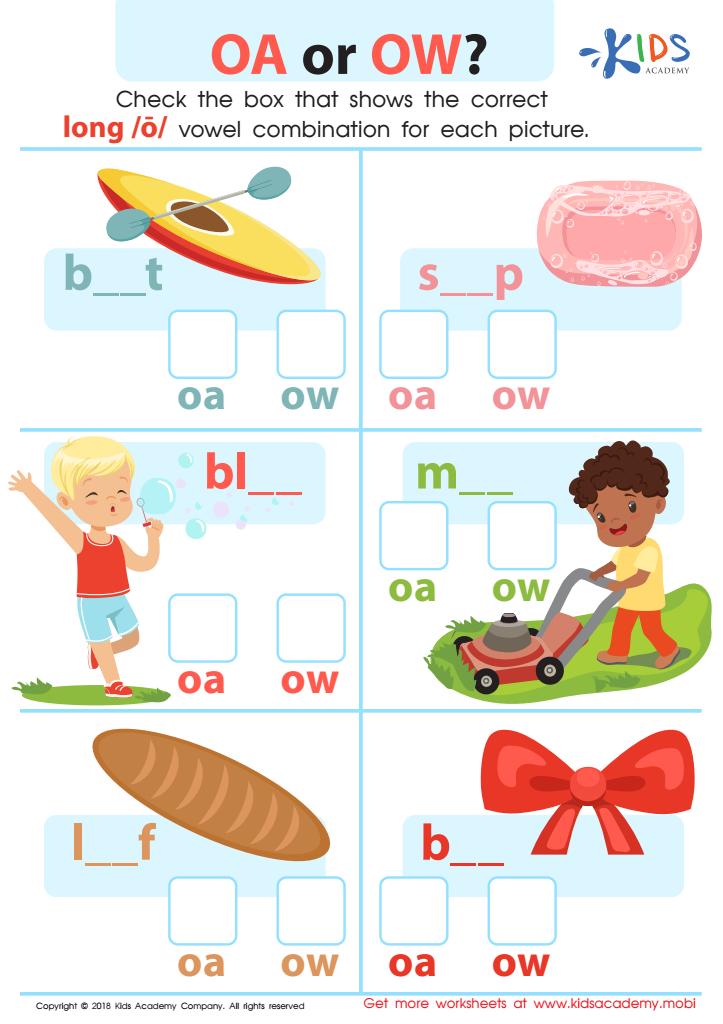

Reading: OA or OW Worksheet


What Do You Hear? Worksheet


Rhyming Words Rhyming Worksheet
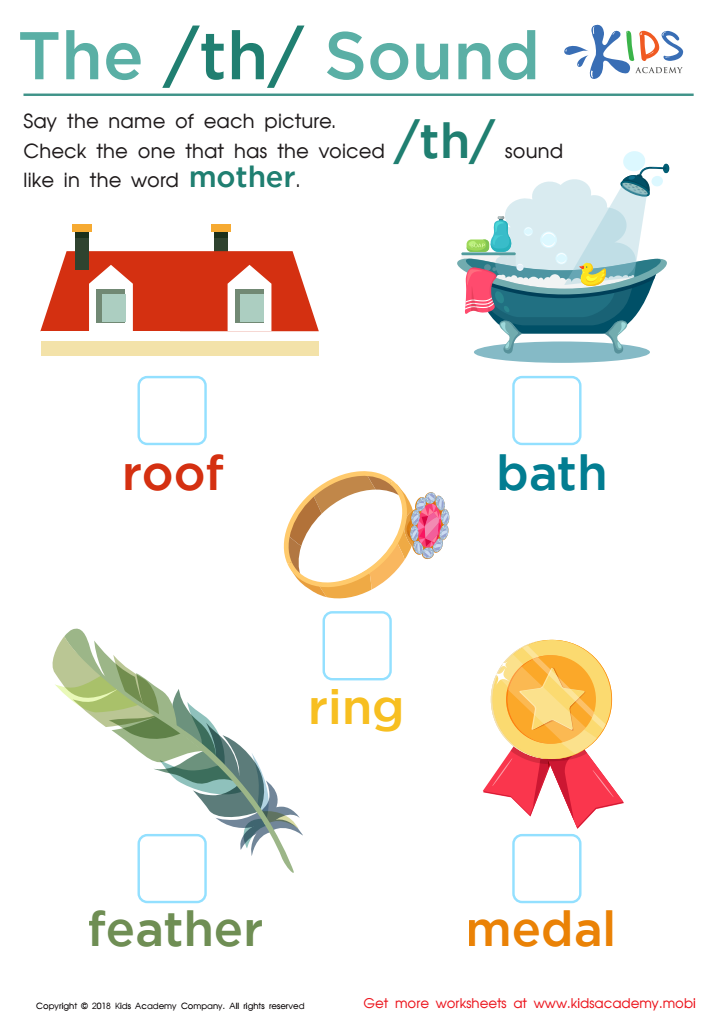

The /th/ Sound Worksheet


Long and Short U Worksheet
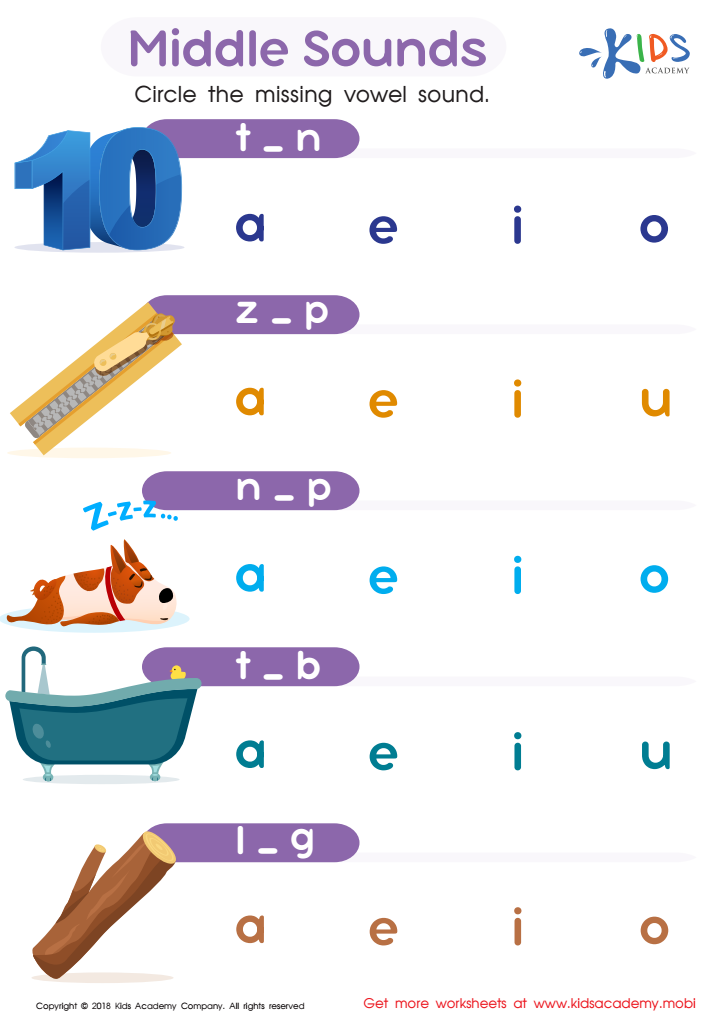

Middle Sounds Worksheet
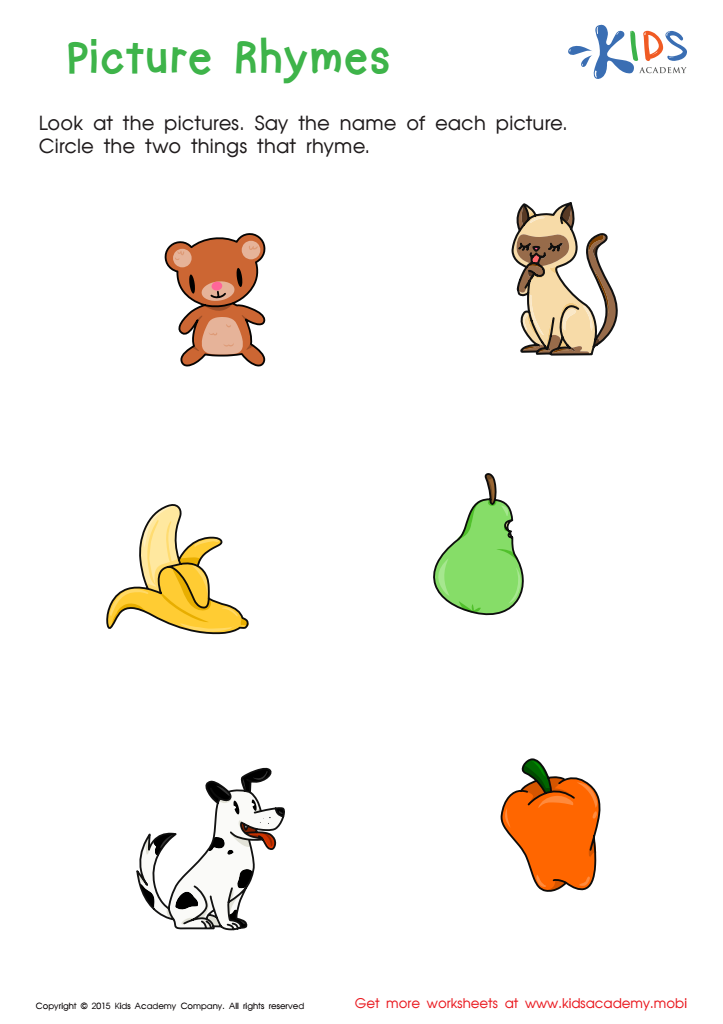

First Words: Picture Rhymes Worksheet
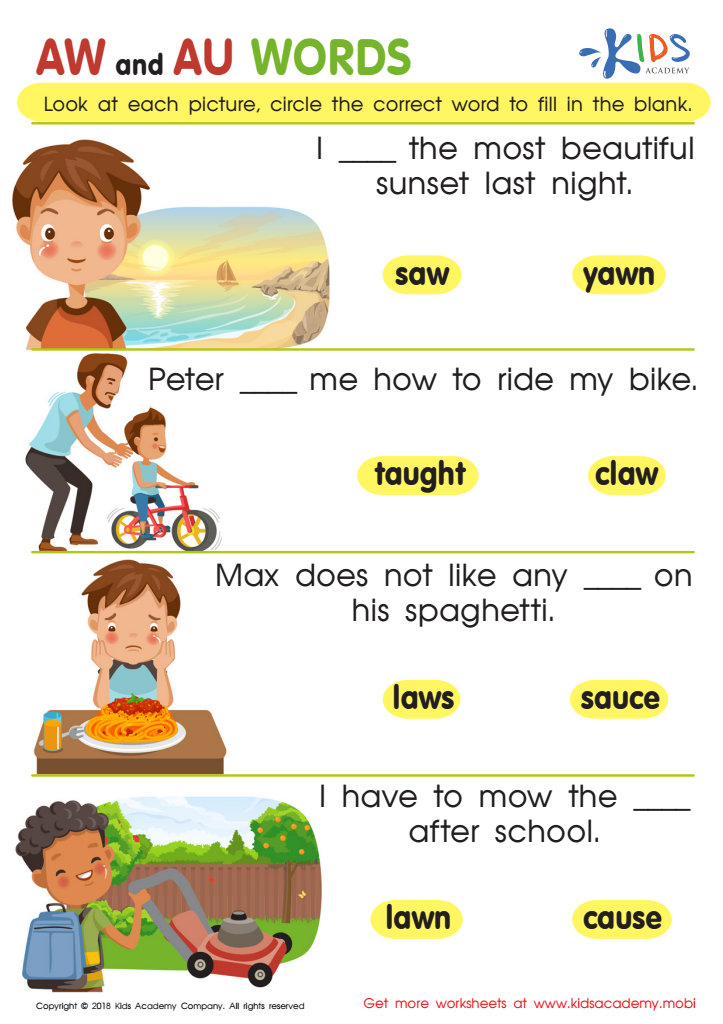

Reading: AW and AU Words Worksheet
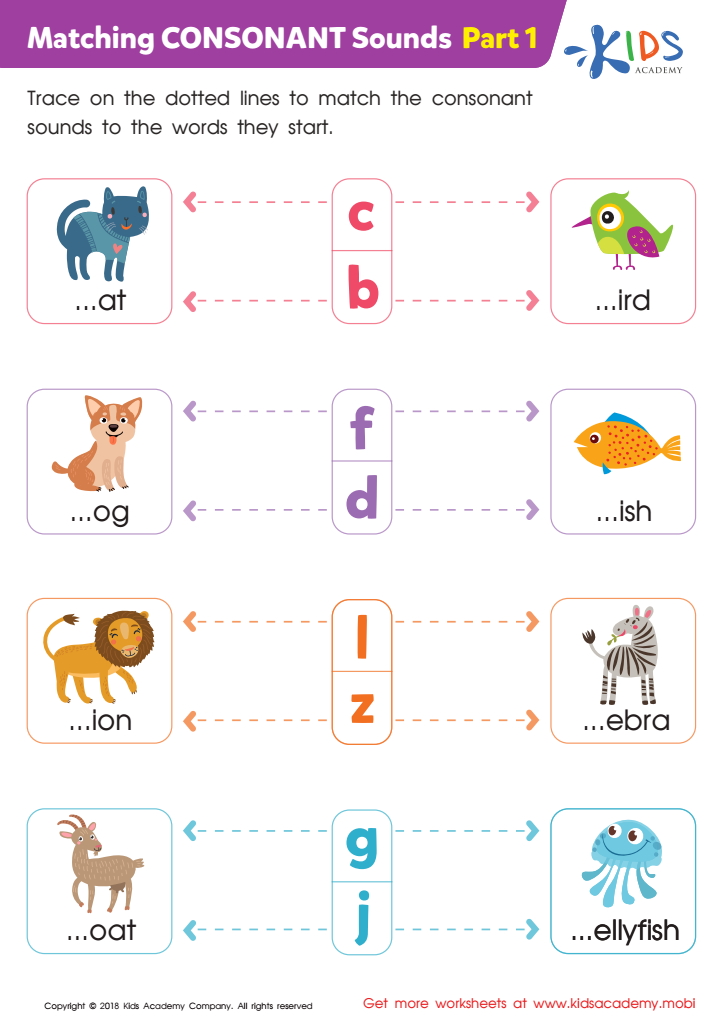

Matching Consonant Sounds: Part 1 Worksheet
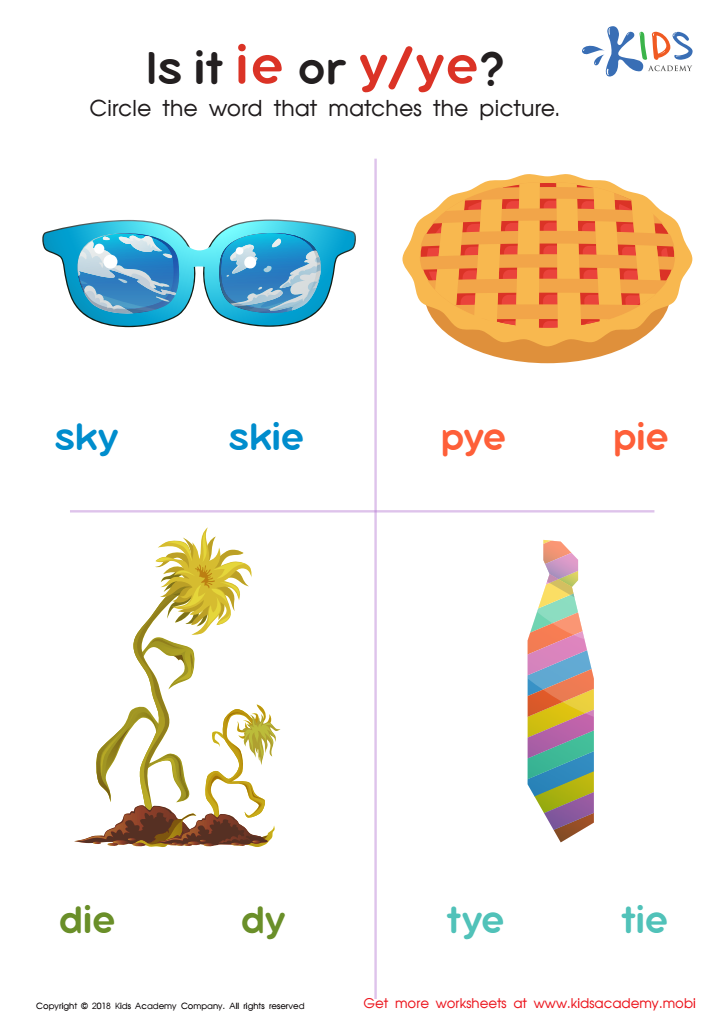

Is It IE or Y/Ye? Worksheet
Parents and teachers should care about sound recognition and the normal alphabet for children ages 3-7 because these foundational skills are essential for early literacy development. During these formative years, children's brains are highly receptive to learning language and concepts that form the building blocks for reading and writing.
Sound recognition, or phonemic awareness, is the ability to hear, identify, and manipulate individual sounds in words. This skill is crucial as it underpins the ability to decode words, enabling children to recognize familiar words and sound out new ones. Without a strong grasp of phonemic awareness, children may struggle to connect sounds with letters—which is vital for fluent reading.
Simultaneously, familiarity with the normal alphabet aids in letter recognition, knowing that letters represent sounds, and understanding the alphabetic principle. This creates a cognitive map that children use to blend sounds and form words. Alphabet knowledge supports other literacy skills, such as spelling and vocabulary, which contribute significantly to overall academic success.
Investing time and effort in teaching sound recognition and the alphabet during these early years sets a robust educational foundation. It can prevent potential reading difficulties, enhance communication skills, and instill a lifelong love for reading and learning. By prioritizing these skills, parents and teachers enable children to succeed academically and in everyday life.
 Assign to My Students
Assign to My Students








